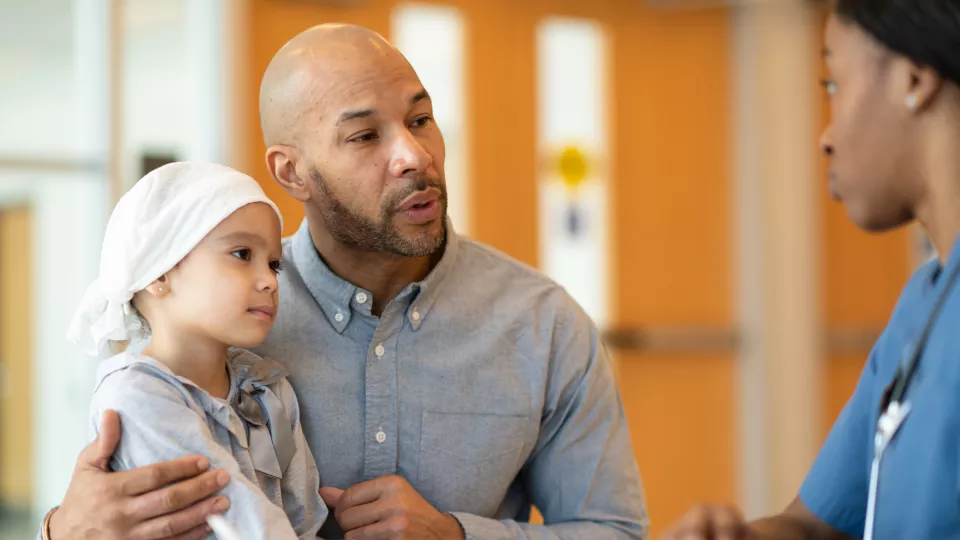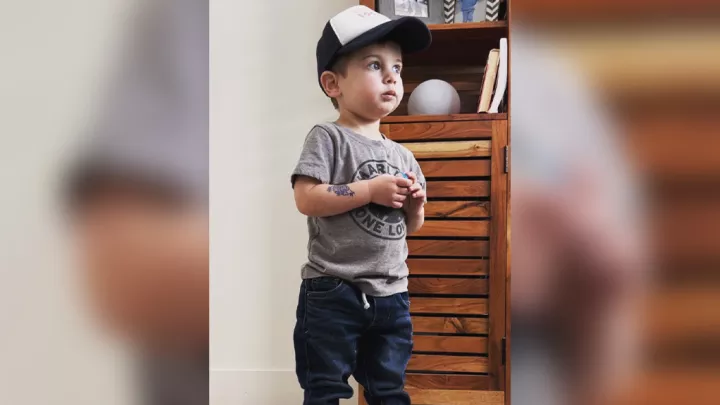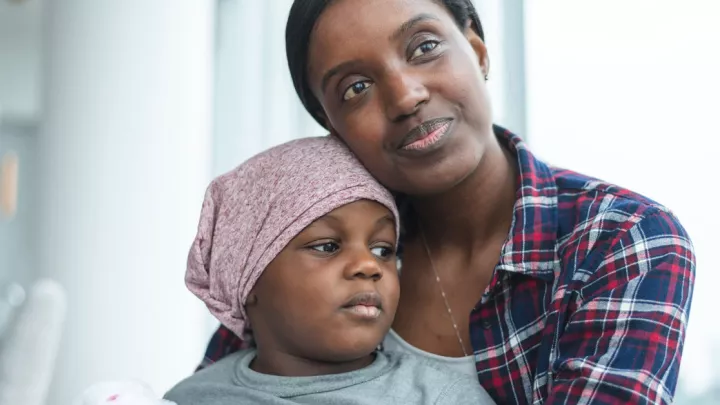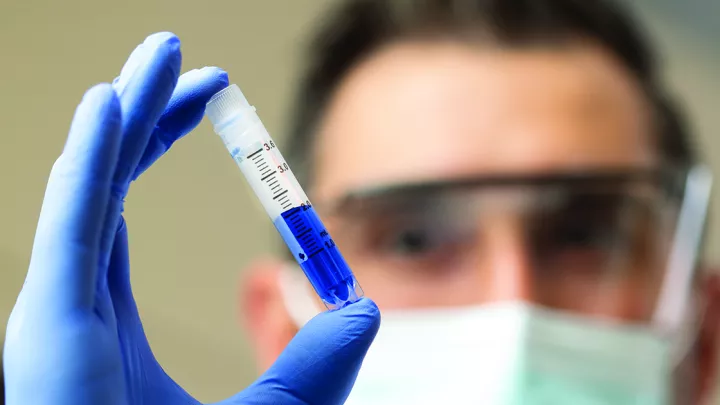
Project Could Transform Clinical Trials for Pediatric Brain Tumors
Randomized controlled trials have long been the gold standard for evaluating new therapies. But for pediatric brain tumors, it can be difficult—if not impossible—to enroll the large numbers of patients needed for these studies.

To address this problem, Ashley Margol, MD, MS, has been working with the Pediatric Neuro-Oncology Consortium (PNOC) on a potentially new way to conduct trials for these rare cancers. The idea: Allow all patients in a trial to receive the novel therapy, and then compare the results to well-matched external controls, using real-world data.
Dr. Margol—Director of the Brain Tumor Center at Children’s Hospital Los Angeles, one of the largest centers of its kind in the country—recently was the lead author of a paper in the Journal of Clinical Oncology that highlights the need for this option. She’s also been working with PNOC on a comprehensive registry for atypical teratoid rhabdoid tumor (ATRT)—a rare central nervous system cancer in children that could serve as a test case for this approach.
She talks about the need for this change, how a new bill in Congress would support critical data collection, and what this could mean for clinical trials in other rare diseases.
Why are external control cohorts needed in trials for pediatric brain tumors?
When you do a randomized controlled trial, you have to enroll a lot of patients. But with ATRT, for example, there are only 50 to 75 kids diagnosed each year in the United States. If we found a promising drug, it would take us more than five years to do a randomized controlled trial. That’s too long.
Using external controls would not only reduce the number of patients needed for a trial, but it would also encourage more families to participate. In ATRT, it would be difficult to convince parents to enroll their child in a trial where they have a 50% chance of getting a therapy that we know is ineffective for half of patients.
But the big-picture goal is that we’re hoping that ATRT can serve as a proof of principle for this concept. If we can make this work for ATRT, then it could change the way we run clinical trials for rare diseases across the board.
Has the Food and Drug Administration weighed in?
Our recent paper includes co-authors from the FDA, and there’s a section that talks about regulatory perspectives. The FDA recommends randomized trials wherever feasible, but they acknowledge that external control cohorts may be considered in some of these rare diseases, where randomization is not practical or ethical.
Are there downsides to using real-world data? How do you address potential bias and confounding?
One issue is that you’re not going to be able to identify small effect sizes. For example, if you increase your survival by 5%, you probably can’t find that with real-world data because of the statistical design that has to be used.
The key is to have a well-annotated and contemporary real-world data set. The real-world data have to be extremely detailed, and the patients have to be very similar to the ones you’re treating on the study. This data set will be quite comprehensive and include imaging and pathology.
What is the significance of the new ATRT registry?
Having a large cohort of patients with ATRT will help us answer a number of questions that we still have about this cancer. Right now, we know so little about ATRT. We are still not sure if extent of resection (tumor removal), metastatic stage or a child’s age impacts prognosis. This registry will help shed more light on these kinds of questions.
In addition, this is the first time that a real-world data set has been specifically created to serve as an external control in a pediatric brain tumor trial. We hope that this will serve as a blueprint for similar efforts in the future.
What happens next?
The registry will be opening soon and is set to launch at Children’s Hospital Los Angeles this summer. CHLA will be serving as a coordinating site, which means that any child who is treated for ATRT at a non-PNOC center can participate in the registry through our hospital.
In addition, I and others in PNOC have helped write a bipartisan bill in Congress called the Data for Pediatric Brain Cancer Act of 2023. If it passes, that bill would provide federal funding not just for this registry but also for others like it in pediatric brain tumors.
Again, I see ATRT as a kind of test case and a great place to start given the amazing parent community, but there is a need for this in a number of pediatric brain tumors. Patients are being treated in a variety of ways, and we’re losing all that data. The goal is to better collect and harness this data so we can develop more effective treatments for these children.


